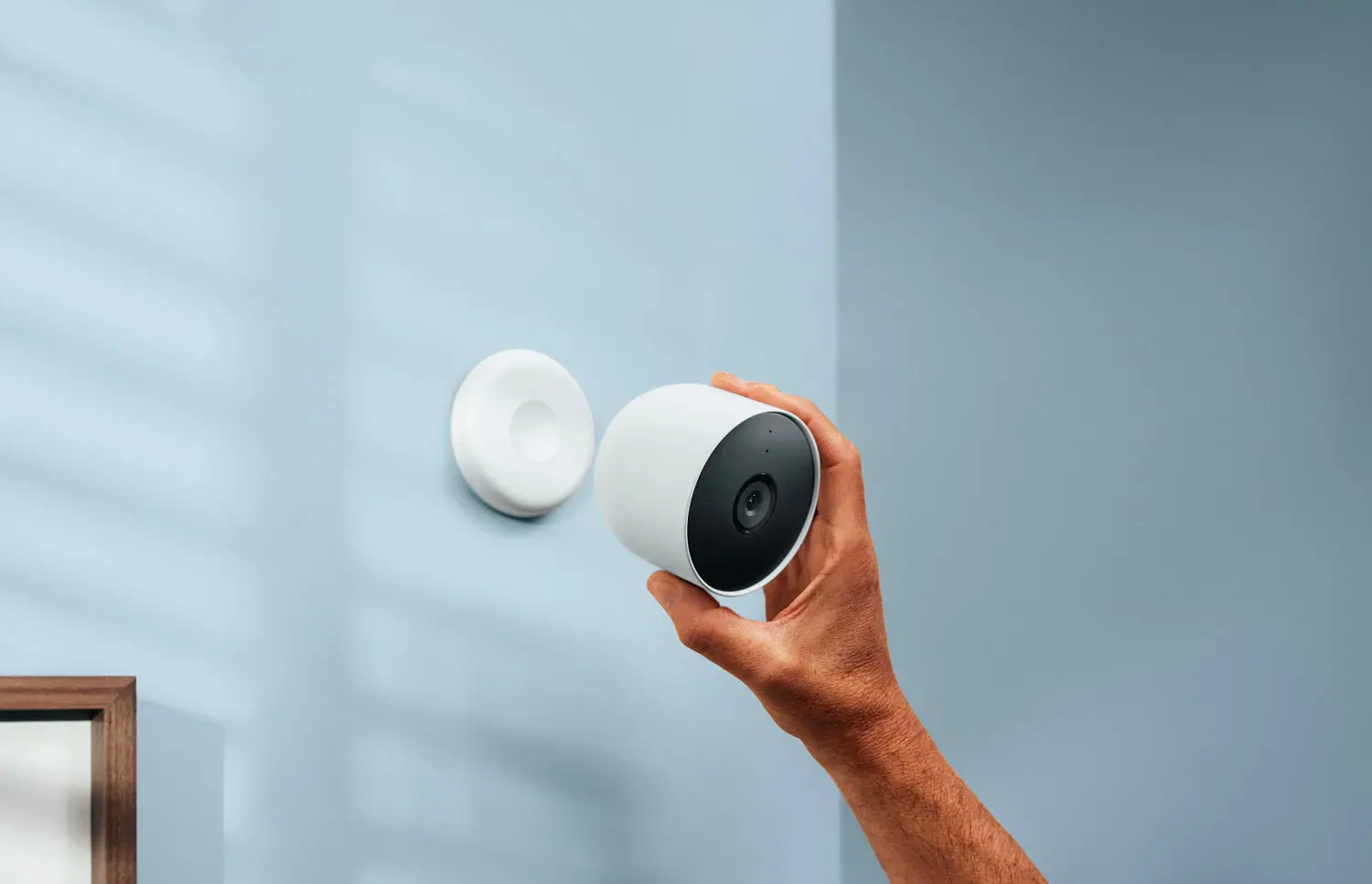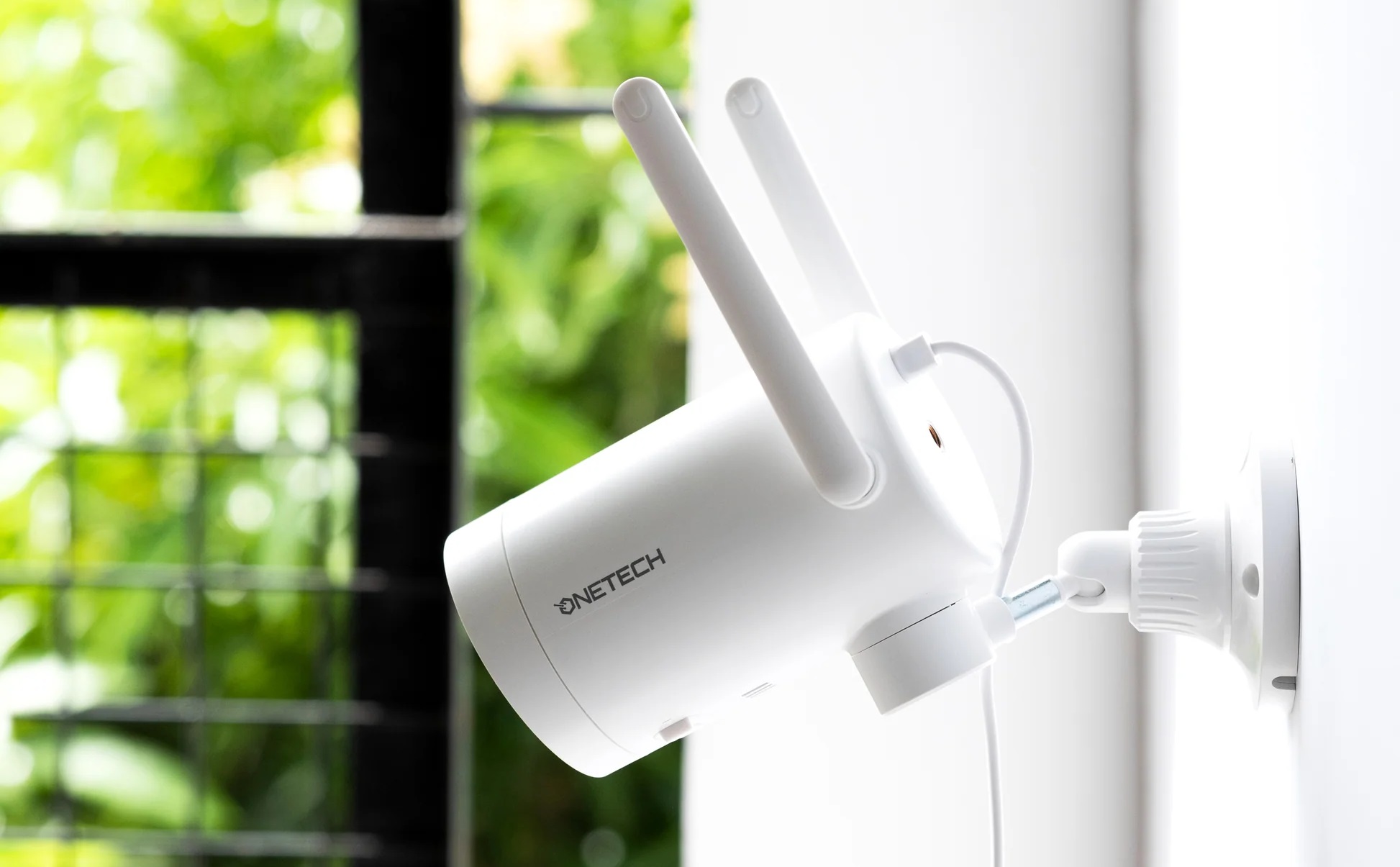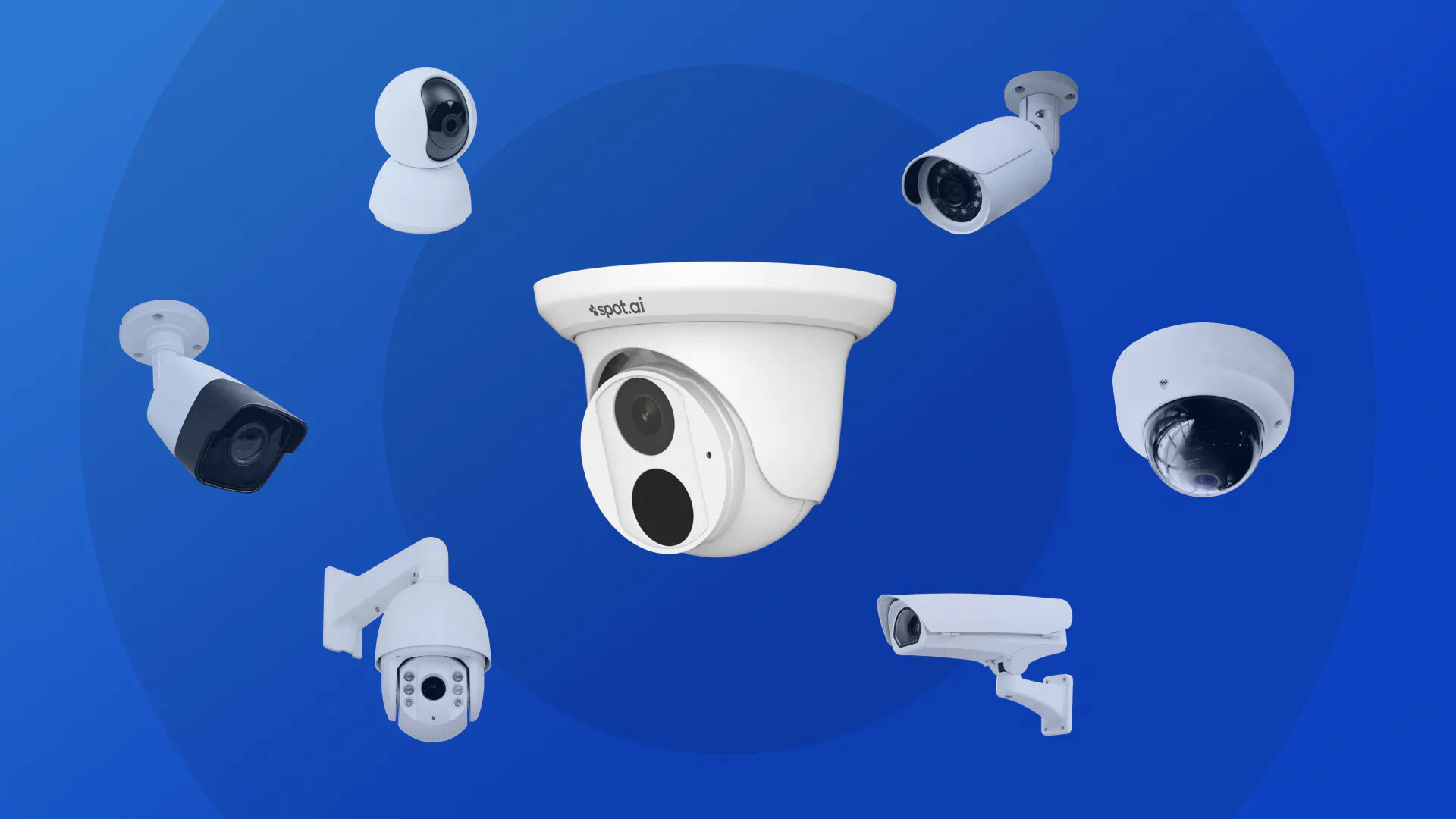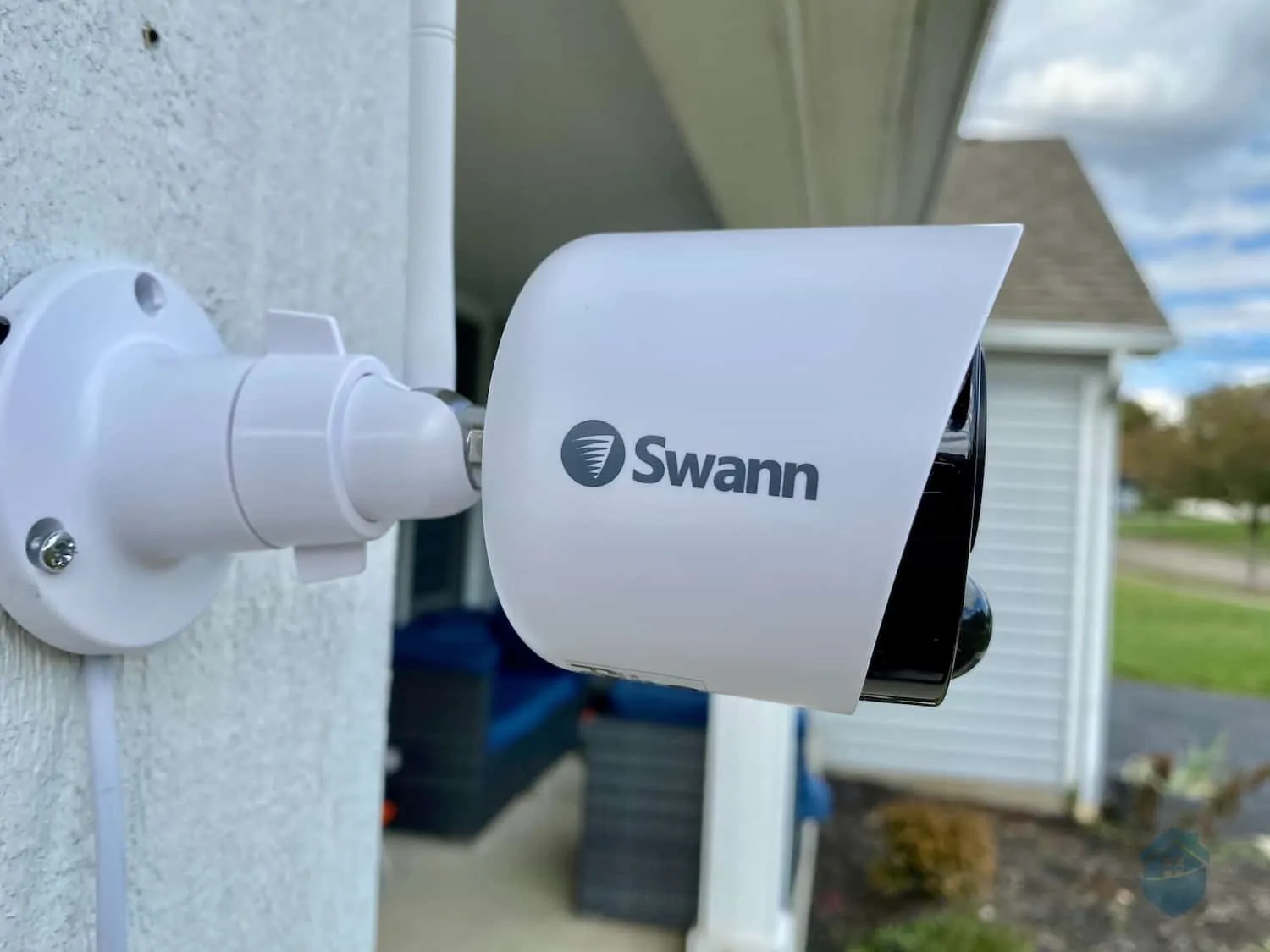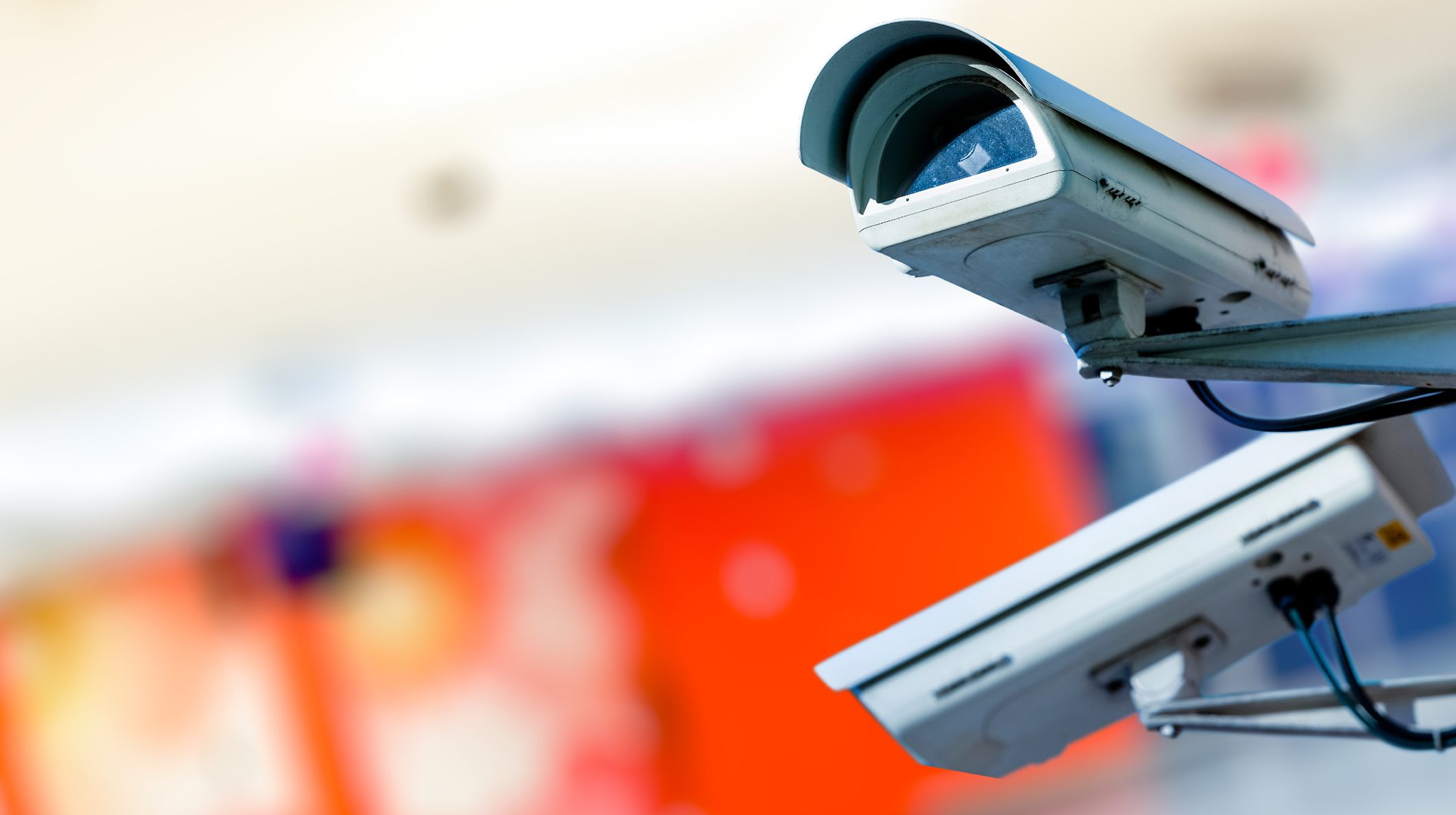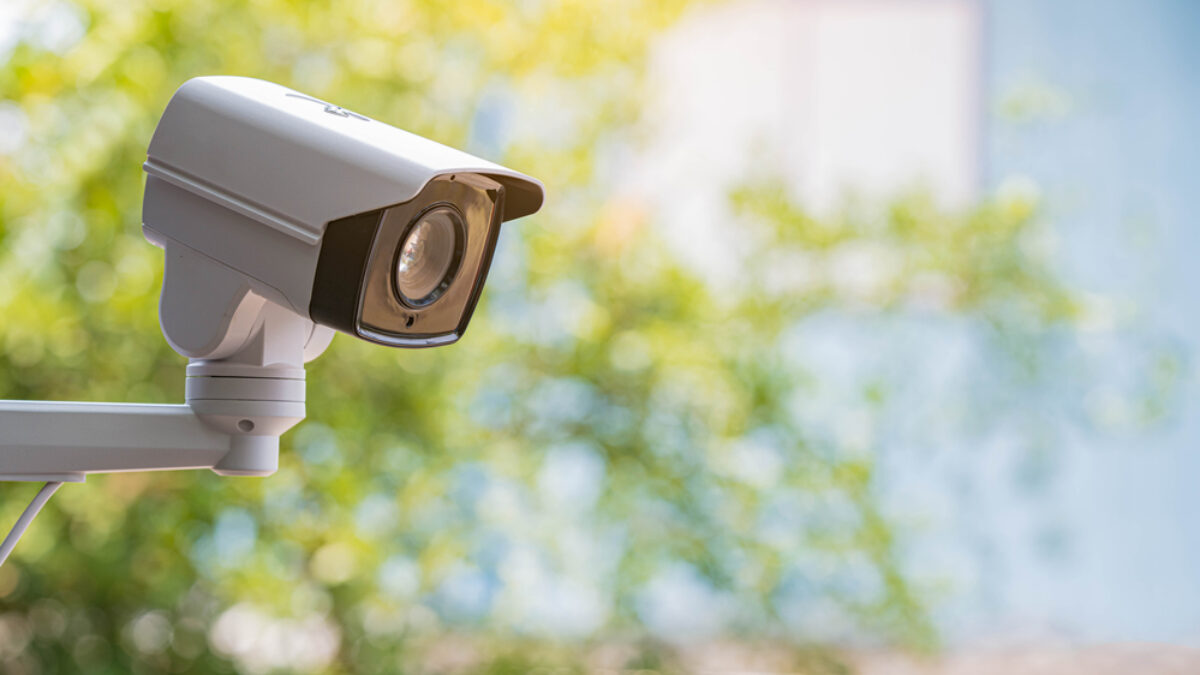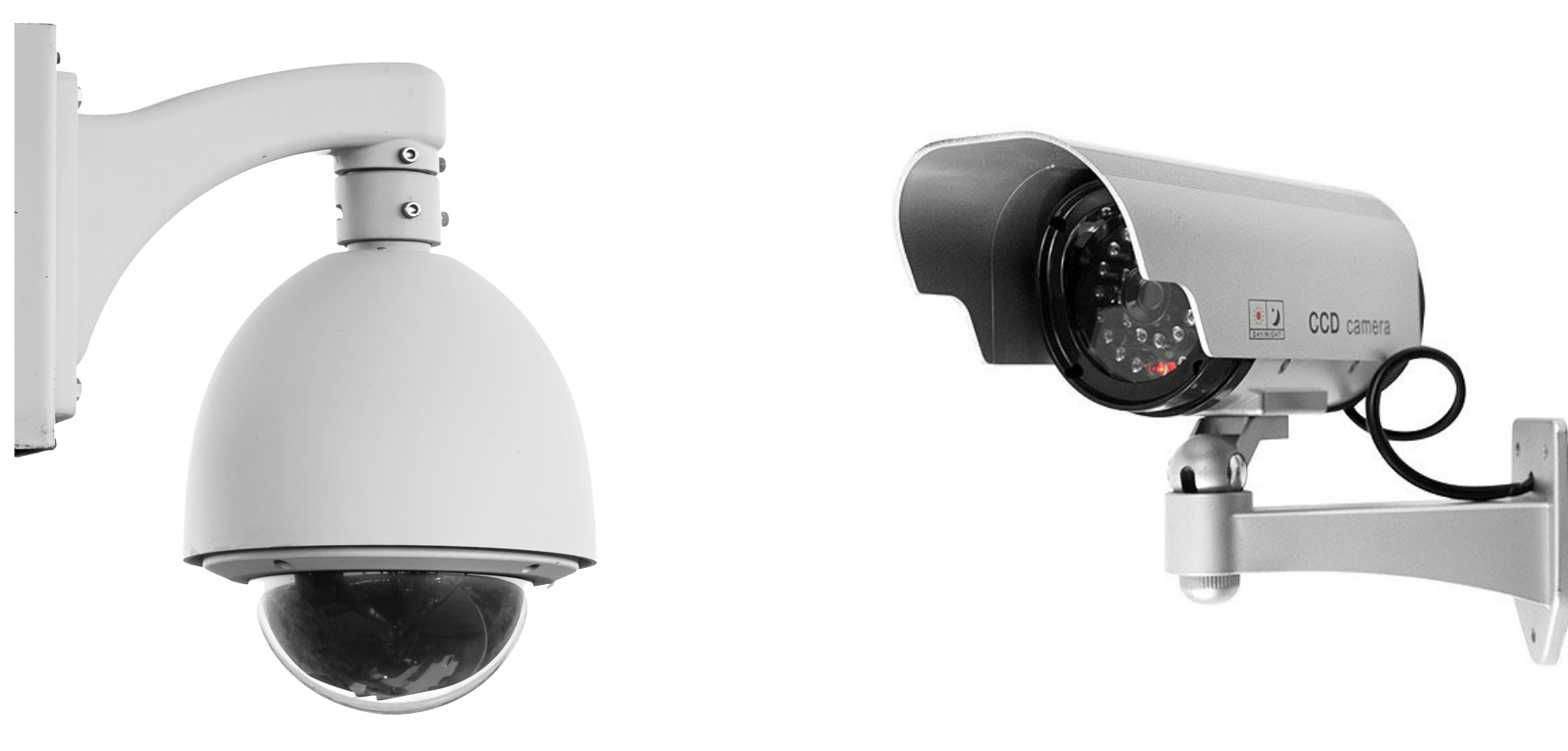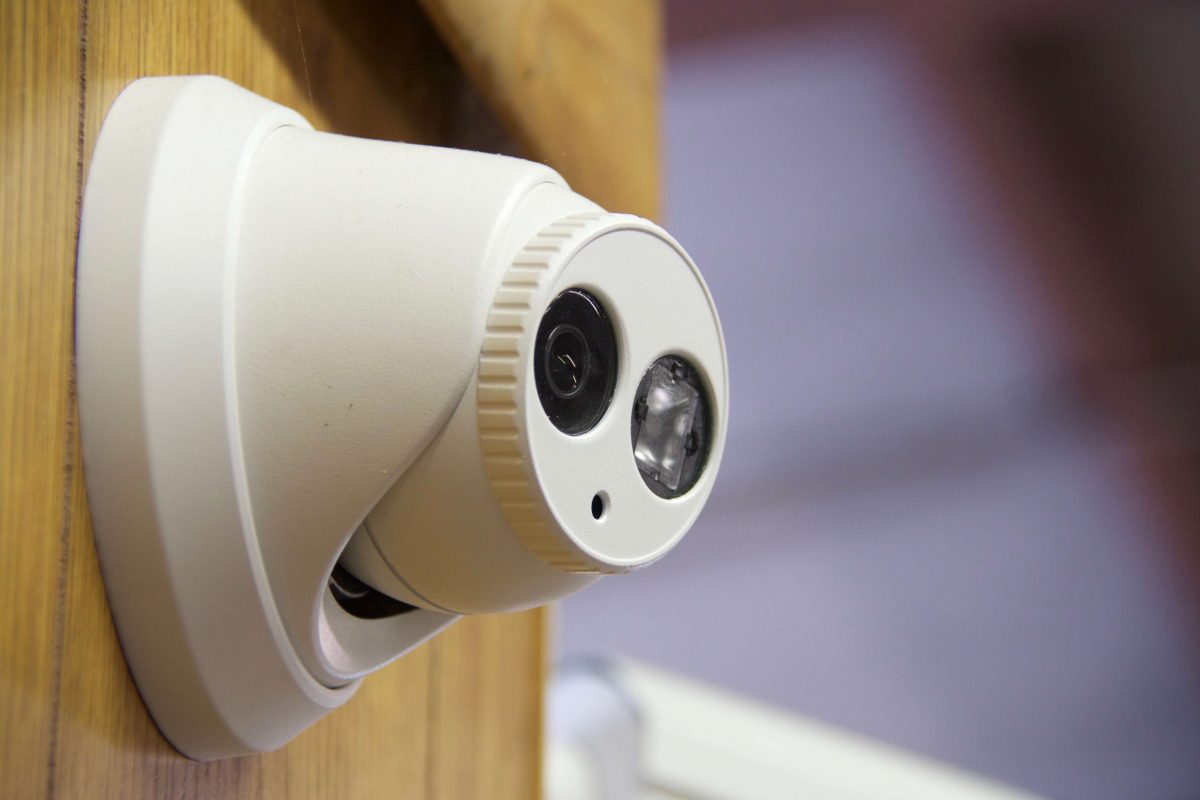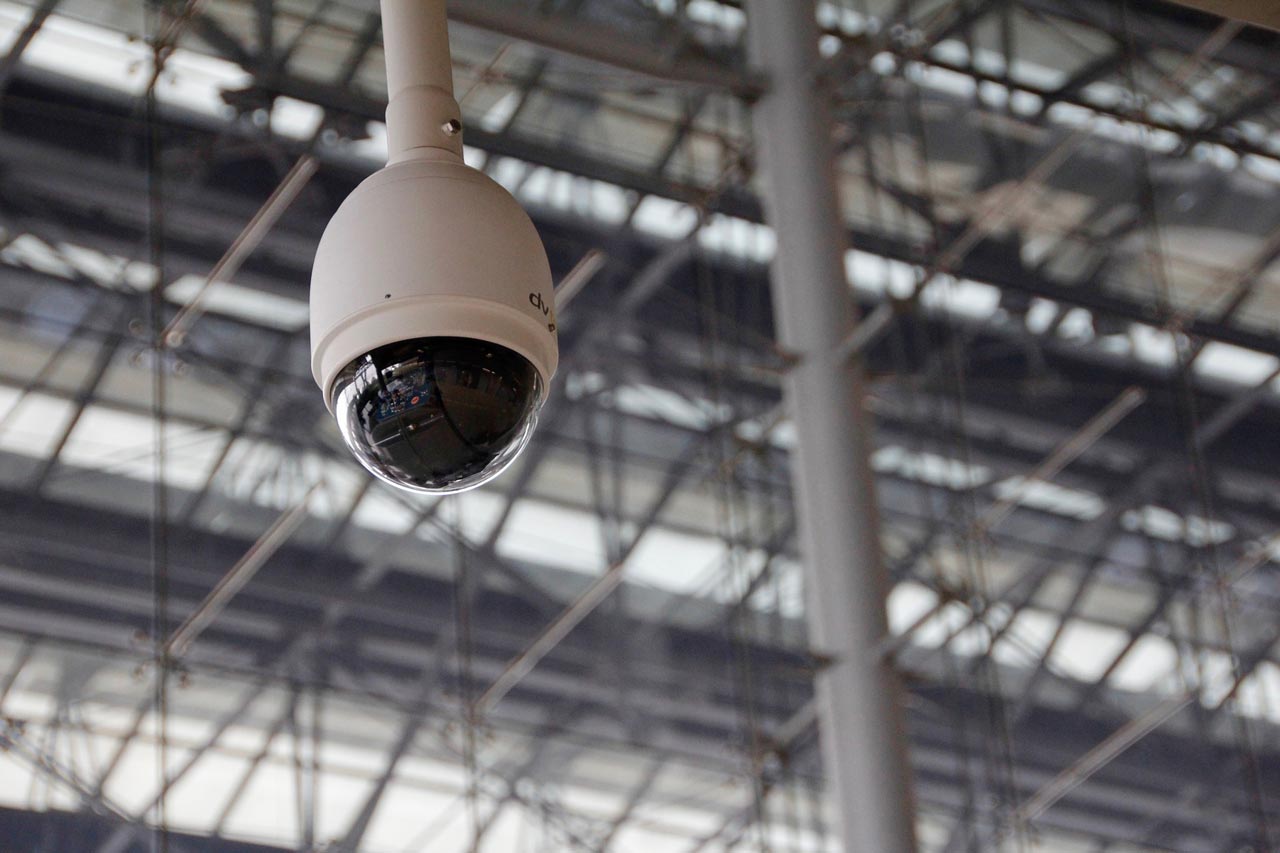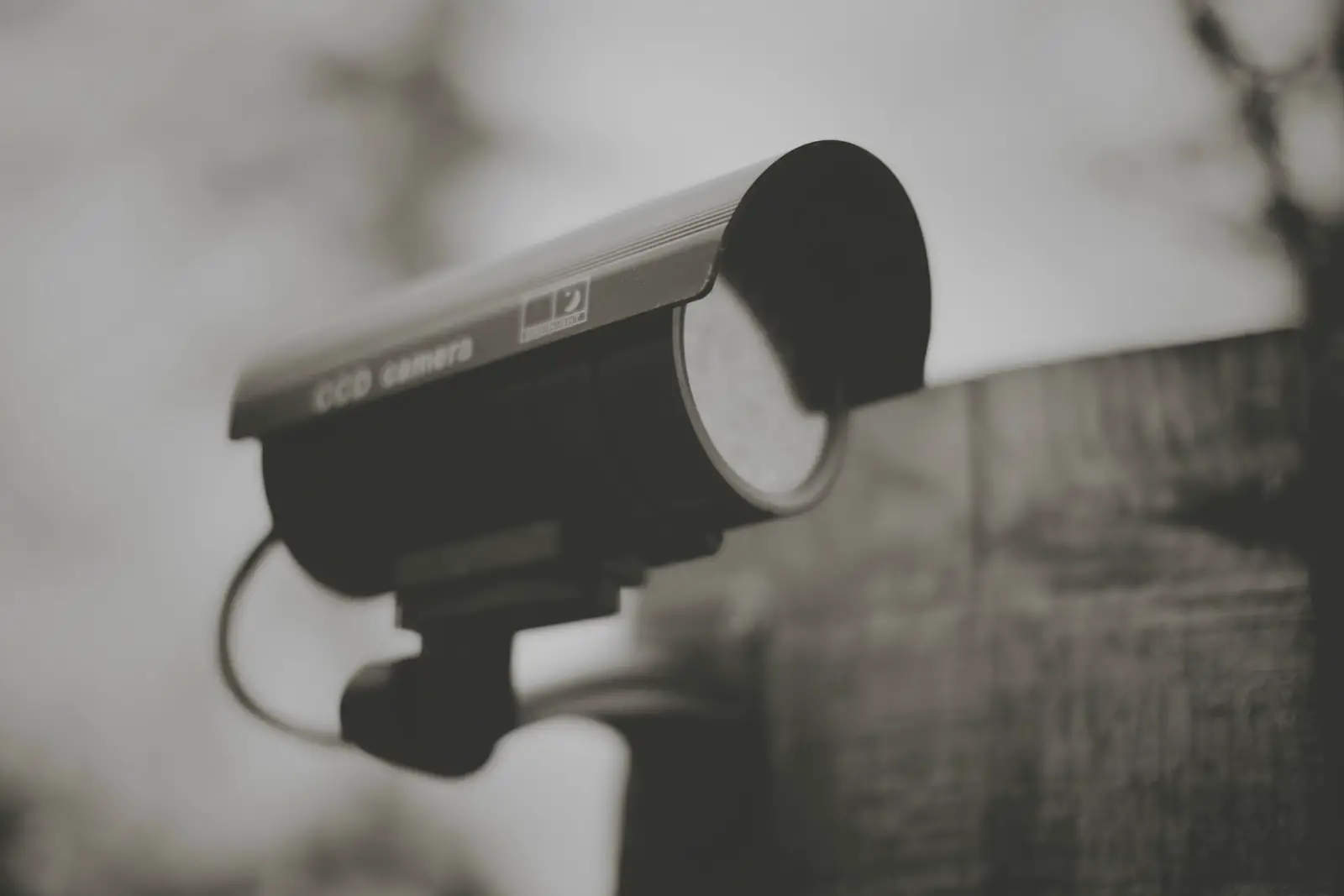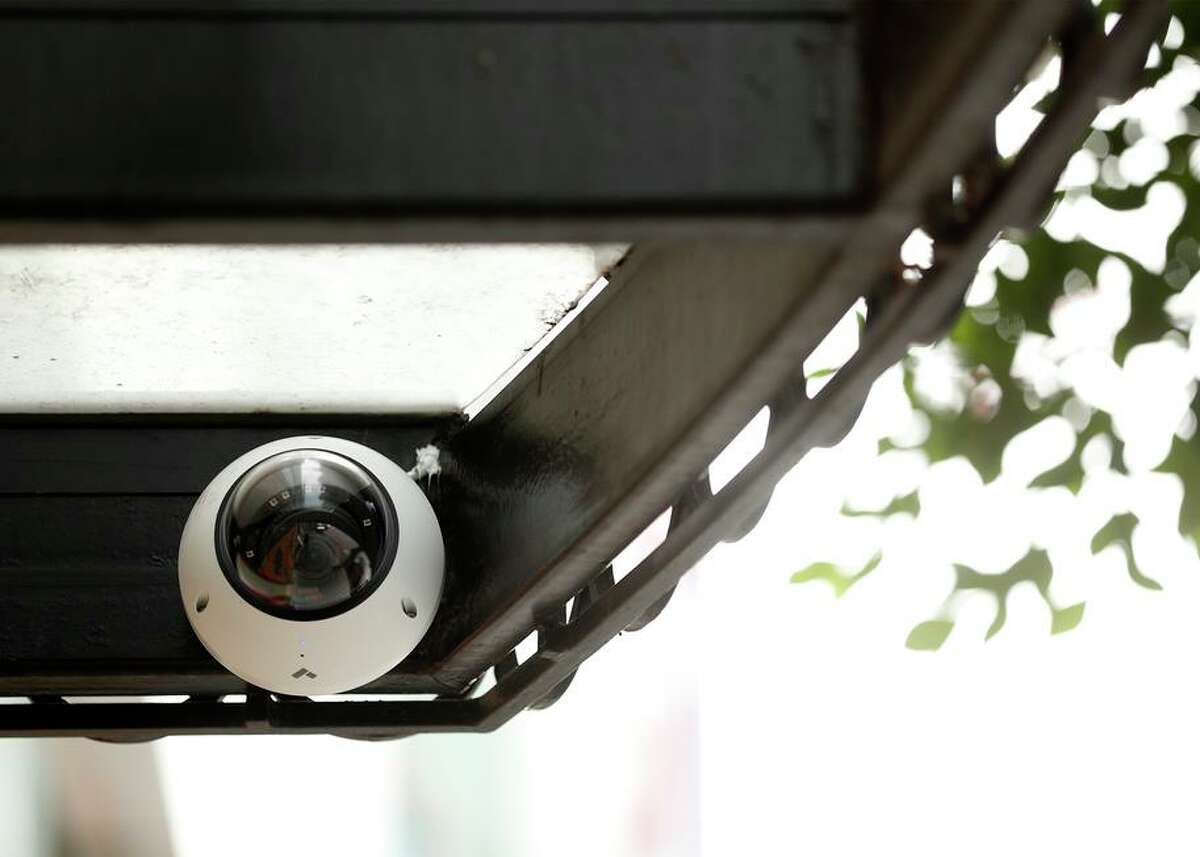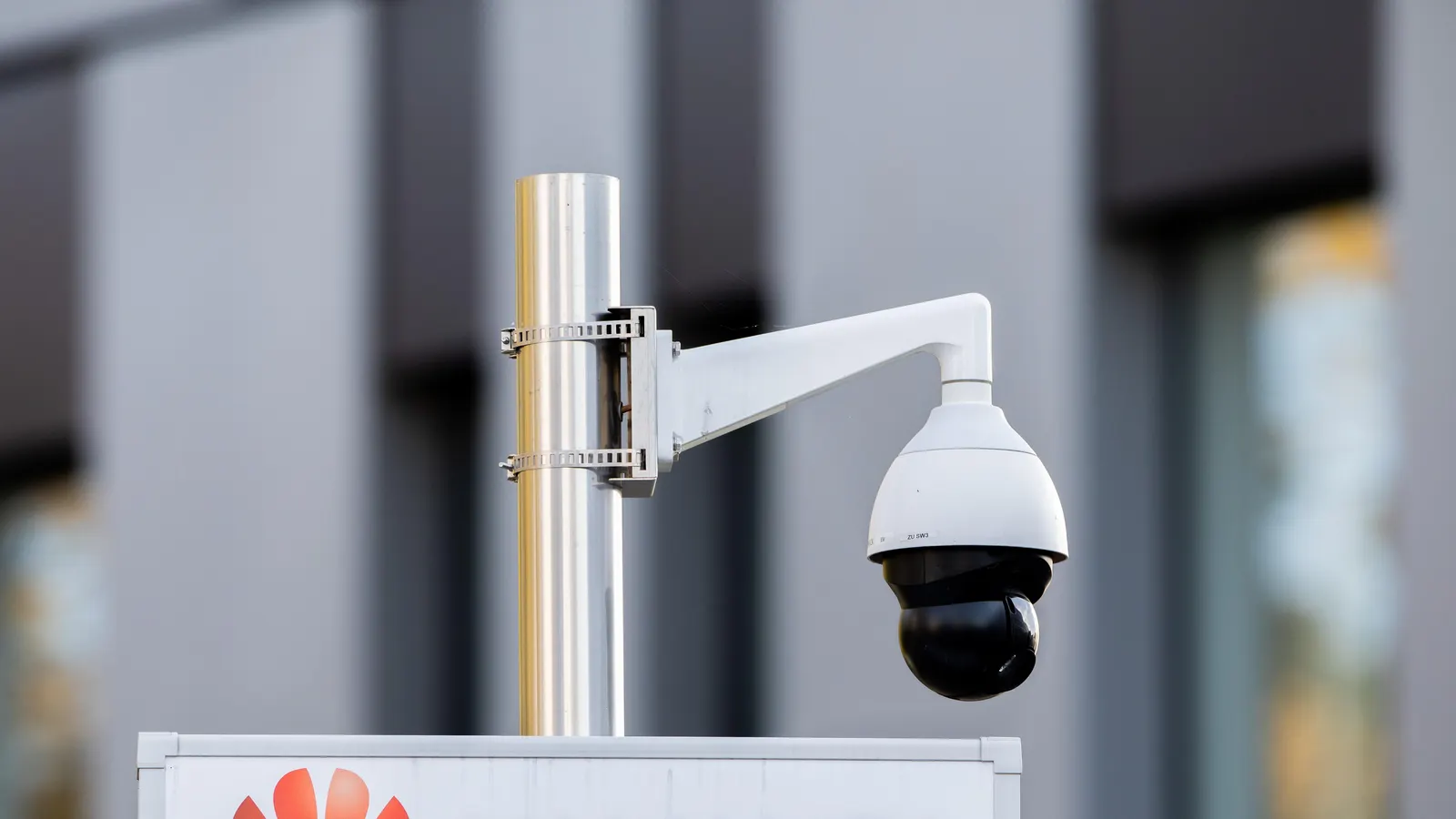Home>Home Security and Surveillance>How To Access Security Cameras Remotely
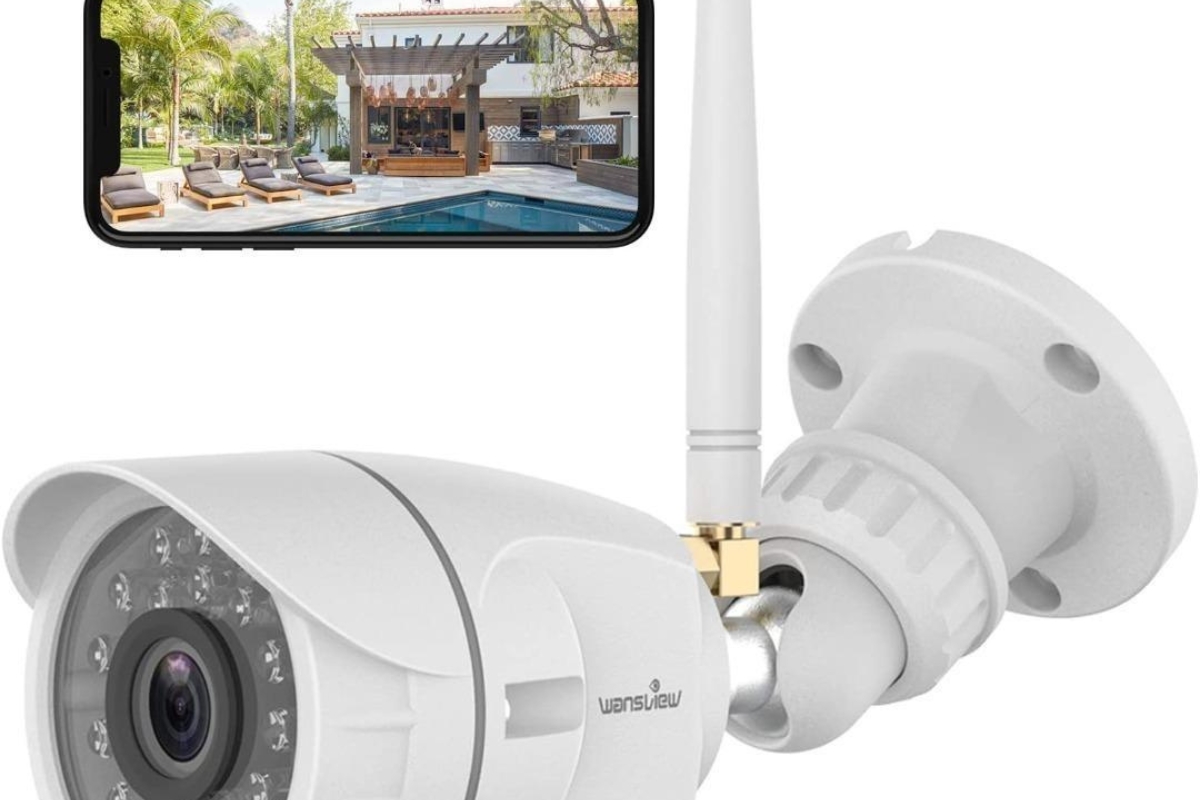

Home Security and Surveillance
How To Access Security Cameras Remotely
Modified: March 6, 2024
Learn how to remotely access your home security cameras with our comprehensive guide. Ensure the safety and surveillance of your property with our home security and surveillance tips.
(Many of the links in this article redirect to a specific reviewed product. Your purchase of these products through affiliate links helps to generate commission for Storables.com, at no extra cost. Learn more)
Introduction
Welcome to the world of home security and surveillance! In today’s digital age, protecting our homes and loved ones has become easier and more convenient than ever before. With advancements in technology, homeowners can now access their security cameras remotely, giving them peace of mind and the ability to monitor their property from anywhere in the world.
In this article, we will explore various methods for accessing security cameras remotely. Whether you’re traveling, at work, or simply want to keep an eye on your home while relaxing on the couch, these methods will allow you to stay connected to your surveillance system at all times.
Before we dive into the details, let’s first understand the concept of remote access to security cameras. Remote access refers to the ability to connect to and control your security cameras from a remote location using a computer, smartphone, or tablet. This technology empowers homeowners to view live video footage, receive real-time alerts, and even adjust camera settings, all from the convenience of their handheld devices.
Now that we have a basic understanding of remote access, let’s explore some of the most popular methods for accessing security cameras remotely.
Key Takeaways:
- Stay connected to your home security cameras from anywhere with methods like using a manufacturer’s mobile app, setting up a VPN, or using Dynamic DNS. Enjoy peace of mind and convenience with remote access.
- Ensure the security of your surveillance system by following tips like changing default login credentials, keeping firmware up to date, and enabling two-factor authentication. With the right precautions, remote access to security cameras can be safe and reliable.
Read more: How To Access My Home Security Camera Online
Understanding Remote Access to Security Cameras
Remote access to security cameras involves establishing a connection between your surveillance system and a remote device, such as a smartphone or computer. This connection allows you to view live video feeds, receive motion alerts, and access recorded footage from anywhere in the world.
To enable remote access, your security cameras need to be connected to the internet. This can be achieved through a wired or wireless network connection. Once the cameras are connected, you can access them remotely using various methods, which we will explore in the following sections.
Remote access to security cameras provides homeowners with a range of benefits. Here are some key advantages:
- Peace of mind: By being able to monitor your property remotely, you can have peace of mind knowing that your home is always under surveillance, even when you’re not physically present.
- Real-time alerts: Remote access allows you to receive instant notifications on your smartphone or computer whenever motion is detected near your security cameras. This enables you to take immediate action if any suspicious activity occurs.
- Evidence collection: In the unfortunate event of a break-in or other security incident, remote access allows you to quickly access and download recorded footage, which can be crucial for identifying culprits and providing evidence to law enforcement.
- Convenient control: With remote access, you can adjust camera settings, such as tilt, pan, and zoom, from the comfort of your smartphone or computer. This makes it easy to optimize your camera positioning for better coverage and surveillance.
It is important to note that while remote access offers numerous advantages, it also poses potential security risks if not implemented correctly. It is crucial to follow best practices and take necessary precautions to ensure the security of your surveillance system and protect your privacy.
Now that we have a clear understanding of what remote access to security cameras entails, let’s explore the various methods you can use to access your cameras remotely.
Method 1: Using Manufacturer’s Mobile App
Many security camera manufacturers provide dedicated mobile apps that allow users to access their cameras remotely. These apps are designed to be user-friendly and offer a seamless experience when accessing and controlling your security cameras from a smartphone or tablet.
Here’s how you can use the manufacturer’s mobile app to access your security cameras remotely:
- Download and install the mobile app: Start by downloading the official mobile app provided by the manufacturer of your security cameras. You can find these apps on popular app stores like Google Play Store (for Android devices) or the Apple App Store (for iOS devices).
- Create an account: Once you’ve installed the app, you will need to create an account. This account will serve as your login credentials to access your cameras remotely. Follow the app’s instructions to set up your account securely.
- Connect your cameras to the app: After creating an account, you need to connect your security cameras to the app. This typically involves scanning a QR code or entering a unique camera ID provided by the manufacturer. Ensure that your cameras are connected to the same network as your mobile device.
- Access your cameras remotely: Once your cameras are connected to the app, you can now access them remotely. Launch the app on your smartphone or tablet and log in using your account credentials. You will be able to view live video feeds, receive motion alerts, and control camera settings using the app’s intuitive interface.
Using the manufacturer’s mobile app offers a convenient and straightforward method for accessing your security cameras remotely. It eliminates the need for complex network configurations and provides a unified platform for managing your surveillance system.
It is important to ensure that your cameras and mobile app are kept up to date with the latest firmware and software versions. Manufacturers often release updates that include security patches and performance improvements, so regularly checking for updates is highly recommended.
While the manufacturer’s mobile app is a popular choice for accessing security cameras remotely, it may not be available for all camera brands or models. In such cases, you can explore alternative methods that we will discuss in the upcoming sections.
Method 2: Using a Web Browser
If you prefer accessing your security cameras on a computer or laptop, using a web browser is an excellent option. Many security camera systems come with a built-in web interface that allows you to connect to and control your cameras through a browser-based application.
Here’s how you can use a web browser to access your security cameras remotely:
- Find the camera’s IP address: Start by identifying the IP address of your security camera. This information can usually be found in the camera’s settings or user manual. Alternatively, you can use a network scanning tool to discover the IP address of your connected cameras.
- Open a web browser: Launch your preferred web browser on your computer or laptop.
- Enter the camera’s IP address: In the address bar of your web browser, enter the IP address of your security camera. Make sure to include the appropriate protocol prefix (e.g., http:// or https://).
- Enter your login credentials: Depending on your camera’s settings, you may be prompted to enter your login credentials. This typically includes a username and password. Enter the required information to proceed.
- Access your cameras remotely: Once you’ve successfully logged in, you should now be able to access your security cameras remotely through the web browser. You can view live video feeds, adjust camera settings, and even download recorded footage if supported by your camera system.
Using a web browser provides flexibility as it allows you to access your security cameras from various devices, including computers, laptops, and even smart TVs. This method eliminates the need for additional apps or software installations, making it accessible to users who prefer a browser-based interface.
It is important to note that accessing your cameras through a web browser may require the use of plugins or additional software, such as Adobe Flash Player or Java. Ensure that your browser has the necessary plugins enabled and up to date to ensure a smooth and secure remote viewing experience.
While using a web browser is a popular choice for remote access, not all security cameras support this method. If your camera system does not have a web interface, you can explore alternative methods that we will discuss in the upcoming sections.
Method 3: Setting up a VPN
A Virtual Private Network (VPN) is a secure and private connection that allows you to access your security cameras remotely by creating a virtual tunnel between your device and your home network. By using a VPN, you can establish a secure connection and access your cameras as if you were connected directly to your home network, even if you are miles away.
Here’s how you can set up a VPN to access your security cameras remotely:
- Choose a VPN service: Start by selecting a VPN service provider that meets your needs. There are numerous options available, both free and paid. Look for a VPN service that offers good performance, strong encryption, and a user-friendly interface.
- Install and set up the VPN: After choosing a VPN service, follow the instructions provided by the provider to install and set up the VPN software on your device. This typically involves downloading a VPN client and creating an account with your chosen provider.
- Configure your home network: To enable remote access to your security cameras, you need to configure your home network to allow VPN connections. This usually involves setting up a VPN server on your home router or a dedicated VPN device.
- Connect to the VPN: Once your VPN is set up and your home network is configured, launch the VPN client on your remote device and connect to the VPN server. This will establish a secure connection to your home network.
- Access your cameras remotely: With the VPN connection established, you can now access your security cameras remotely as if you were connected to your home network. Open your camera software or use the manufacturer’s mobile app to view live video feeds, receive alerts, and control camera settings.
Using a VPN for remote access provides an added layer of security by encrypting your connection and masking your IP address. This ensures that your camera feeds and data remain private and protected from unauthorized access.
Keep in mind that setting up a VPN may require technical know-how and additional hardware or software. If you’re not comfortable with the setup process, consider seeking assistance from a professional or opting for alternative remote access methods.
Now that you’re familiar with setting up a VPN for remote access, let’s explore another method that can be used for accessing security cameras remotely.
Make sure your security camera system is connected to the internet and has a dedicated IP address. Then, use a secure and unique username and password to access the cameras remotely through a web browser or mobile app.
Method 4: Using Dynamic DNS
Dynamic DNS (DDNS) is a method that allows you to access your security cameras remotely by assigning a domain name to your home network’s dynamic IP address. This enables you to connect to your cameras using a memorable domain name, even if your ISP changes your IP address periodically.
Here’s how you can use Dynamic DNS to access your security cameras remotely:
- Choose a Dynamic DNS provider: Start by selecting a Dynamic DNS provider that suits your needs. There are many reputable providers available, some of which offer free and paid plans. Look for a provider that offers easy setup, reliable service, and good customer support.
- Create an account and set up a hostname: Sign up for an account with your chosen Dynamic DNS provider and create a hostname for your home network. This hostname will serve as the domain name that you will use to access your security cameras remotely.
- Configure your router: Access your home router’s settings and navigate to the Dynamic DNS or DDNS section. Enter the credentials provided by your Dynamic DNS provider, including your account’s username, password, and the hostname you created.
- Update your camera settings: Once your router is configured for Dynamic DNS, you need to update your camera settings to use the domain name provided by your Dynamic DNS provider. This typically involves entering the hostname and configuring the necessary port forwarding settings.
- Access your cameras remotely: With Dynamic DNS set up, you can now access your security cameras remotely by simply entering the domain name in a web browser or using the manufacturer’s mobile app. This will redirect you to your camera’s feed, allowing you to view live video feeds and control camera settings.
Using Dynamic DNS simplifies remote access by eliminating the need to remember changing IP addresses assigned by your ISP. It provides a consistent and easy-to-remember domain name that you can use to access your cameras from anywhere.
It’s important to note that enabling Dynamic DNS may require port forwarding on your router and configuring your cameras to allow remote access. Take proper security measures, such as setting strong passwords for your cameras and router, to protect your system from unauthorized access.
Now that you’re familiar with using Dynamic DNS for remote access, let’s explore another method that can be used to remotely access security cameras.
Method 5: Port Forwarding
Port forwarding is a method that allows you to access your security cameras remotely by configuring your router to forward incoming network traffic to the specific ports used by your camera system. This method enables you to access your cameras directly through your public IP address.
Here’s how you can use port forwarding to access your security cameras remotely:
- Identify the ports used by your camera system: Start by identifying the specific ports used by your security camera system. Consult your camera’s documentation or settings to find the port numbers.
- Access your router’s settings: Open a web browser and enter your router’s IP address in the address bar. This will take you to your router’s administration page. You may need to enter the router’s login credentials to access the settings.
- Locate the port forwarding settings: Navigate to the port forwarding or virtual server section in your router’s settings. The location and terminology may vary depending on your router’s make and model.
- Add a new port forwarding rule: Create a new port forwarding rule by entering the relevant information, including the port numbers used by your camera system and the IP address of the camera or NVR. This will ensure that incoming connections to those ports are directed to the appropriate device on your network.
- Save the settings and test the connection: After configuring the port forwarding settings, save the changes in your router’s settings. You can now test the remote access by entering your public IP address in a web browser or using the manufacturer’s mobile app. This should redirect you to your camera’s interface, allowing you to view live video feeds and adjust camera settings.
Port forwarding provides a direct and efficient method for remote access to your security cameras. However, it is important to note that improper configuration or leaving ports open without the necessary security measures can expose your network to potential risks. Be sure to follow best practices, such as using strong passwords and keeping your camera firmware up to date, to safeguard your system from unauthorized access.
Additionally, some ISPs may block certain port numbers or provide you with a dynamic IP address that changes periodically. In such cases, using methods like Dynamic DNS, as mentioned earlier, can help overcome these limitations and provide a more reliable remote access solution.
Now that you’re familiar with port forwarding for remote access, let’s move on to some tips to help you secure your remote access to security cameras.
Tips for Securing Remote Access to Security Cameras
When it comes to remotely accessing your security cameras, it is crucial to prioritize the security of your surveillance system and protect your privacy. Here are some essential tips to help you secure your remote access:
- Change default login credentials: Start by changing the default login credentials for your security cameras and router. Choose unique and strong passwords that include a combination of uppercase and lowercase letters, numbers, and special characters.
- Keep firmware and software up to date: Regularly check for firmware updates provided by the manufacturer of your security cameras and router. These updates often include security patches and bug fixes that ensure the integrity and security of your system.
- Use secure network encryption: Enable encryption protocols, such as WPA2 or WPA3, on your home network to ensure that the connection between your devices and cameras is secure. Avoid using outdated encryption protocols like WEP.
- Enable two-factor authentication: Wherever possible, enable two-factor authentication for your security cameras and router. This adds an extra layer of security by requiring a verification code in addition to your login credentials.
- Restrict remote access permissions: Configure your security cameras and router to allow remote access only from trusted IP addresses or devices. This prevents unauthorized access attempts from unknown sources.
- Disable unnecessary services and ports: Disable any unnecessary network services and close unused ports on your router to minimize potential points of entry for hackers.
- Regularly monitor and review camera logs: Keep a close eye on the activity logs of your security cameras and router. Monitor for any suspicious activity and review the logs periodically to identify and address any security concerns.
- Use a secure and reliable remote access method: Opt for secure remote access methods like using a VPN, Dynamic DNS, or manufacturer-provided mobile apps, which offer encryption and secure connections over the internet.
- Regularly backup your camera footage: Implement a routine backup plan to ensure that you have copies of your camera footage in the event of a security incident or system failure.
- Educate your family members: Educate all family members about the importance of security practices and remote access protocols. Ensure that everyone understands the risks involved and follows best practices to maintain the security of your surveillance system.
By implementing these tips, you can significantly enhance the security of your remote access to security cameras and mitigate potential risks. It is important to stay vigilant, keep up with the latest security practices, and continually assess the security of your system.
Now that we’ve covered various methods for remote access and tips for securing your surveillance system, you can confidently enjoy the convenience and peace of mind that remote access to security cameras provides.
Conclusion
Remote access to security cameras has revolutionized the way we monitor and protect our homes. With the ability to view live video feeds, receive motion alerts, and control camera settings from anywhere in the world, homeowners can now have peace of mind and stay connected to their surveillance systems at all times.
In this article, we explored five popular methods for accessing security cameras remotely:
- Using the manufacturer’s mobile app
- Using a web browser
- Setting up a VPN
- Using Dynamic DNS
- Port forwarding
Each method offers its own advantages and considerations, allowing you to choose the option that best suits your needs and technical proficiency.
We also provided important tips for securing your remote access to security cameras, such as changing default login credentials, keeping firmware up to date, enabling two-factor authentication, and implementing strong network encryption. These steps are essential to protect your privacy and safeguard your surveillance system from potential threats.
Remember, while remote access offers convenience and peace of mind, it’s important to balance accessibility with security. Regularly update your cameras and network, monitor access logs, and educate your family members about best practices to maintain a secure and reliable remote access setup.
By following the methods and tips outlined in this article, you can confidently and securely access your security cameras remotely, ensuring the safety of your home and loved ones. So go ahead, embrace the advancements in technology, and enjoy the convenience of remote access to your security cameras!
Frequently Asked Questions about How To Access Security Cameras Remotely
Was this page helpful?
At Storables.com, we guarantee accurate and reliable information. Our content, validated by Expert Board Contributors, is crafted following stringent Editorial Policies. We're committed to providing you with well-researched, expert-backed insights for all your informational needs.
